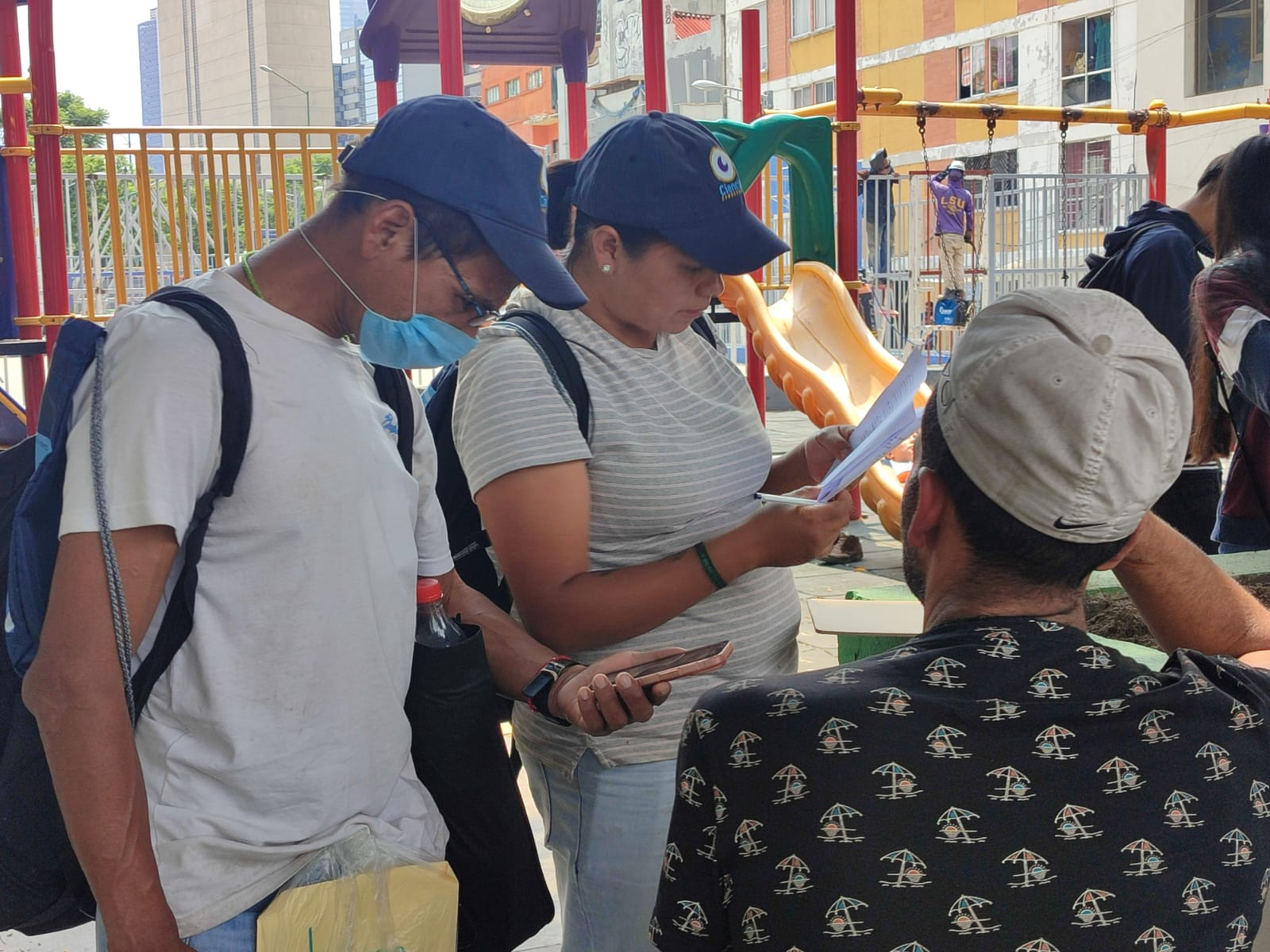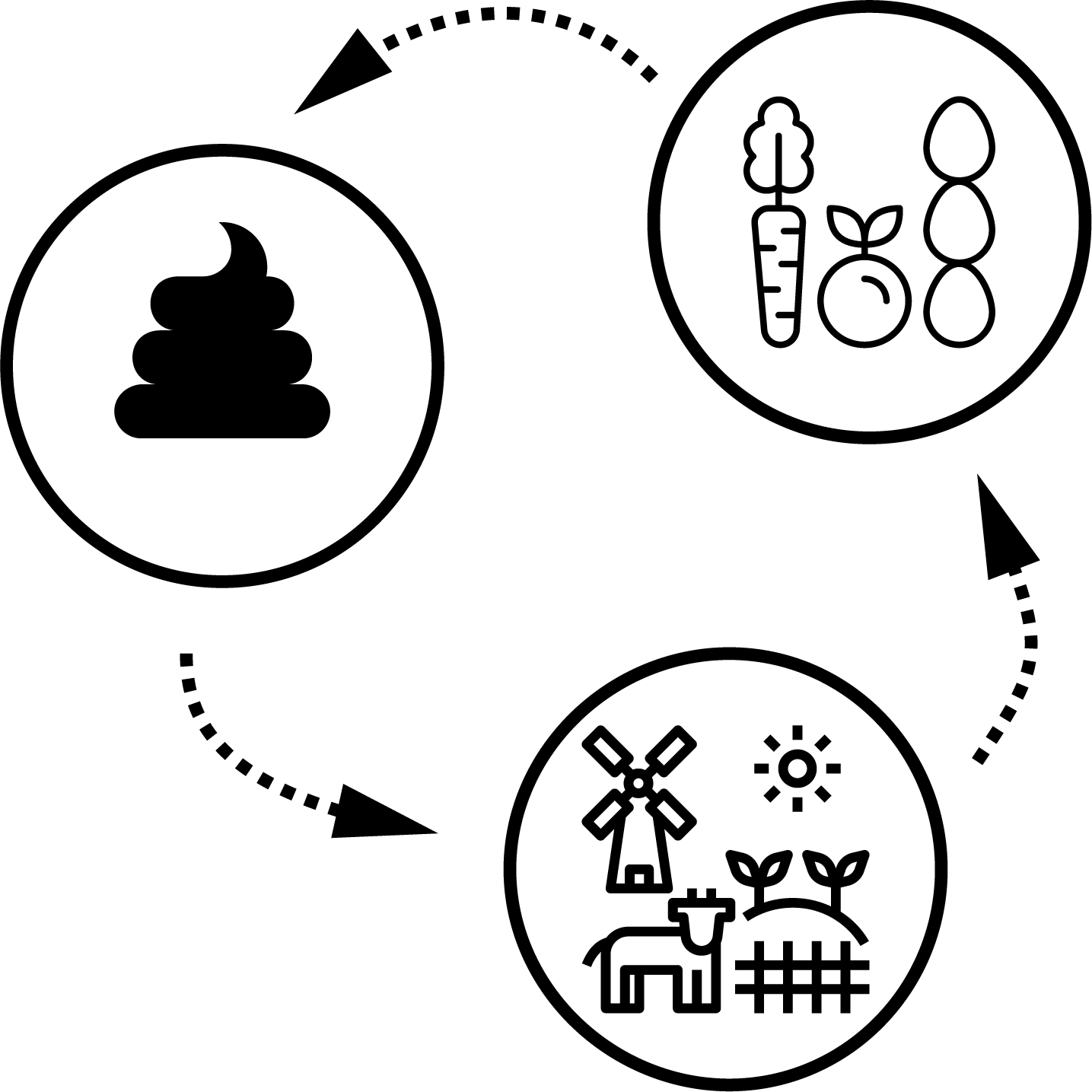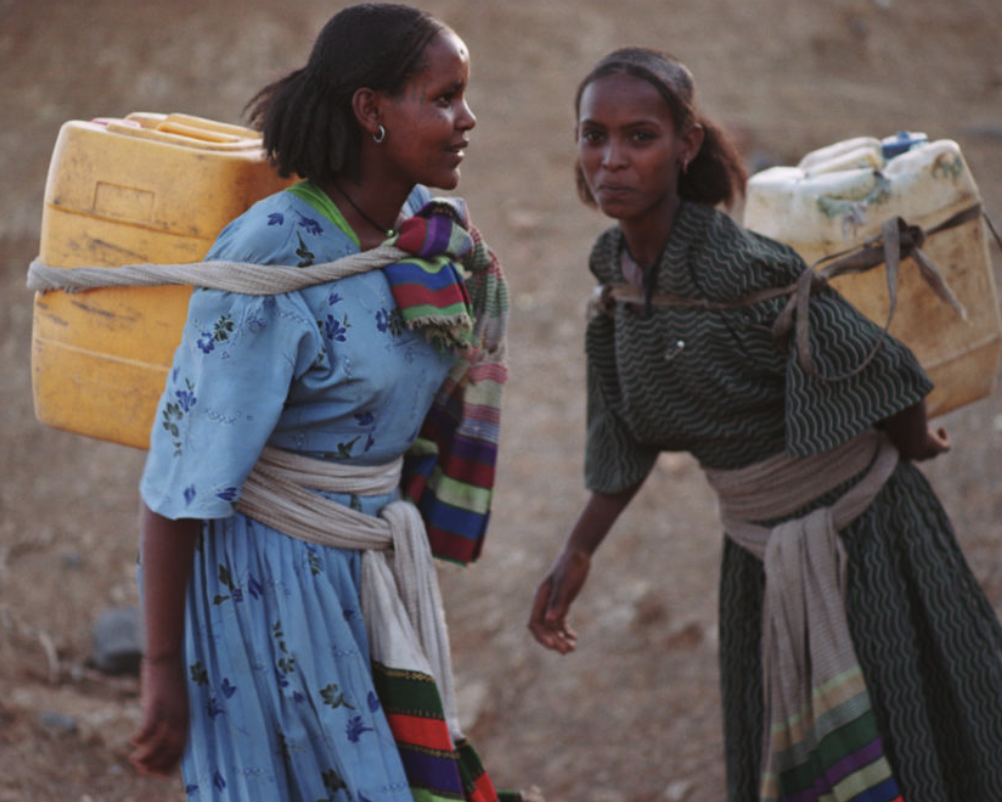Urban Tool
Co-created Citizen Science
Citizen Science that is co-created with stakeholders and citizens to support the design, implementation, and outcomes of a project.
Water Evaluation and Planning (WEAP) Tool
WEAP (Water Evaluation and Planning) is a software tool for integrated water resources planning. It provides a comprehensive, flexible and user-friendly framework for policy analysis.
Low Emissions Analysis Platform (LEAP)
LEAP, the Low Emissions Analysis Platform, is a widely-used software tool for energy policy analysis and climate change mitigation assessment developed at the Stockholm Environment Institute.
Assessing Inequalities in Wellbeing at a Neighbourhood Scale in Nakuru, Kenya and Udon Thani, Thailand
Learn about how surveys were used to explore wellbeing in two low-middle income country cities: Nakuru and Udon Thani. Discover city characteristics that improve wellbeing and promote long-term livability.
Wellbeing Surveys
Discover how survey tools can be applied in different geographical and cultural contexts to explore health and wellbeing. This page will introduce a range of external surveys and demonstrate their use in urban environments through SEI case studies.
EGESTABASE Tool
Learn about EGESTABASE, an emerging online platform that aims to comprehensively map scientific evidence on the recovery of nutrients from human excreta and municipal wastewater for reuse in agriculture. The online platform helps you discover different innovative approaches and studies that exist, and use this evidence to inform decision-making processes.
WASH Flows Tool
Explore this analytical tool aiming to combine both watershed management and water, sanitation and hygiene goals into a single planning process, encompassing all water supply sources.
Empowerment in WASH Index Tool
Learn about EWI: a pragmatic survey-based tool made to measure, monitor and carry out diagnostics of water, sanitation, and hygiene-related interventions, allowing for inclusive and equitable outcomes.
Citizen science for monitoring air pollution
Learn about this 3-step approach used to engage local communities in monitoring air pollution levels, providing new insights into human health and how to mitigate and avoid pollutants using a citizen science approach.
B.Green Handbook
The B.Green project aims to develop a model for digital and participatory urban planning that promotes the pre-planning of multifunctional green infrastructure solutions in the Baltic Sea region.









